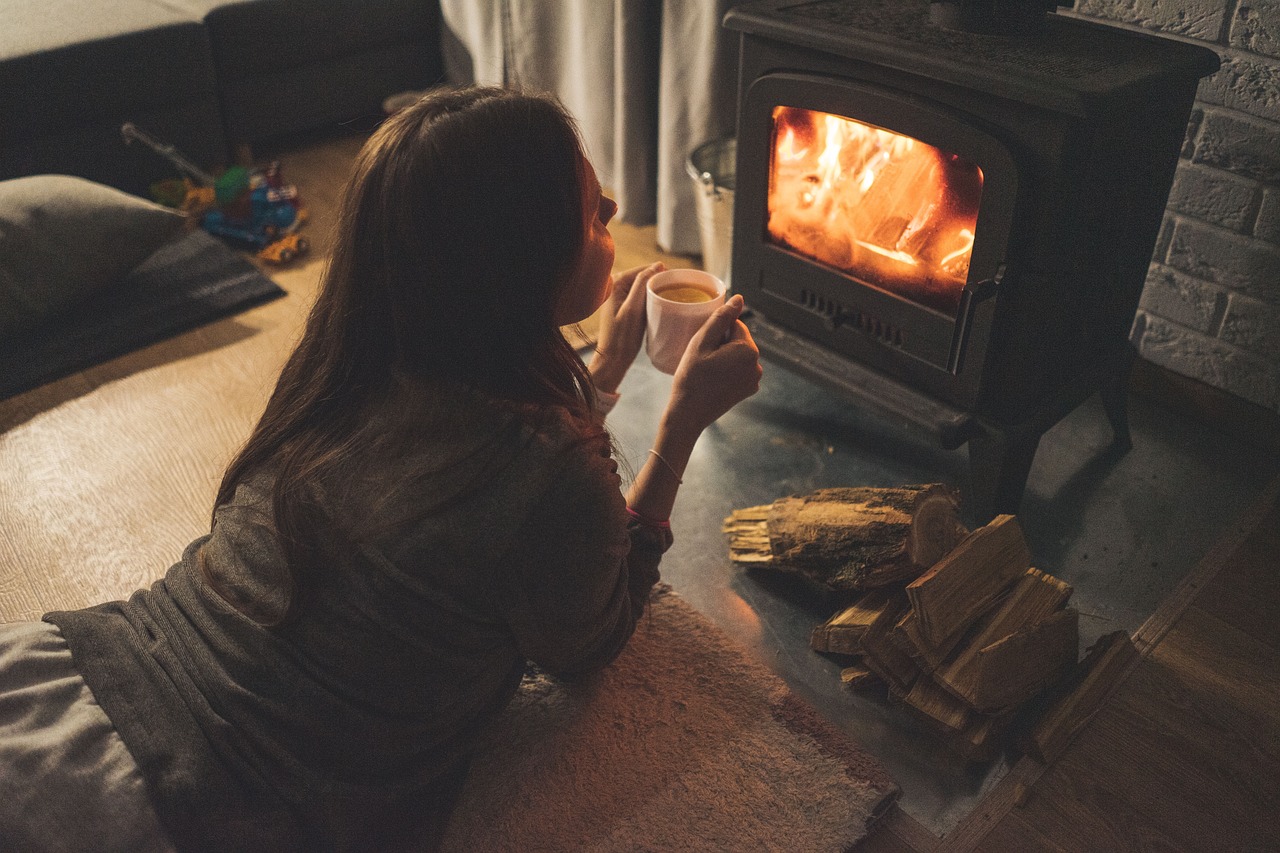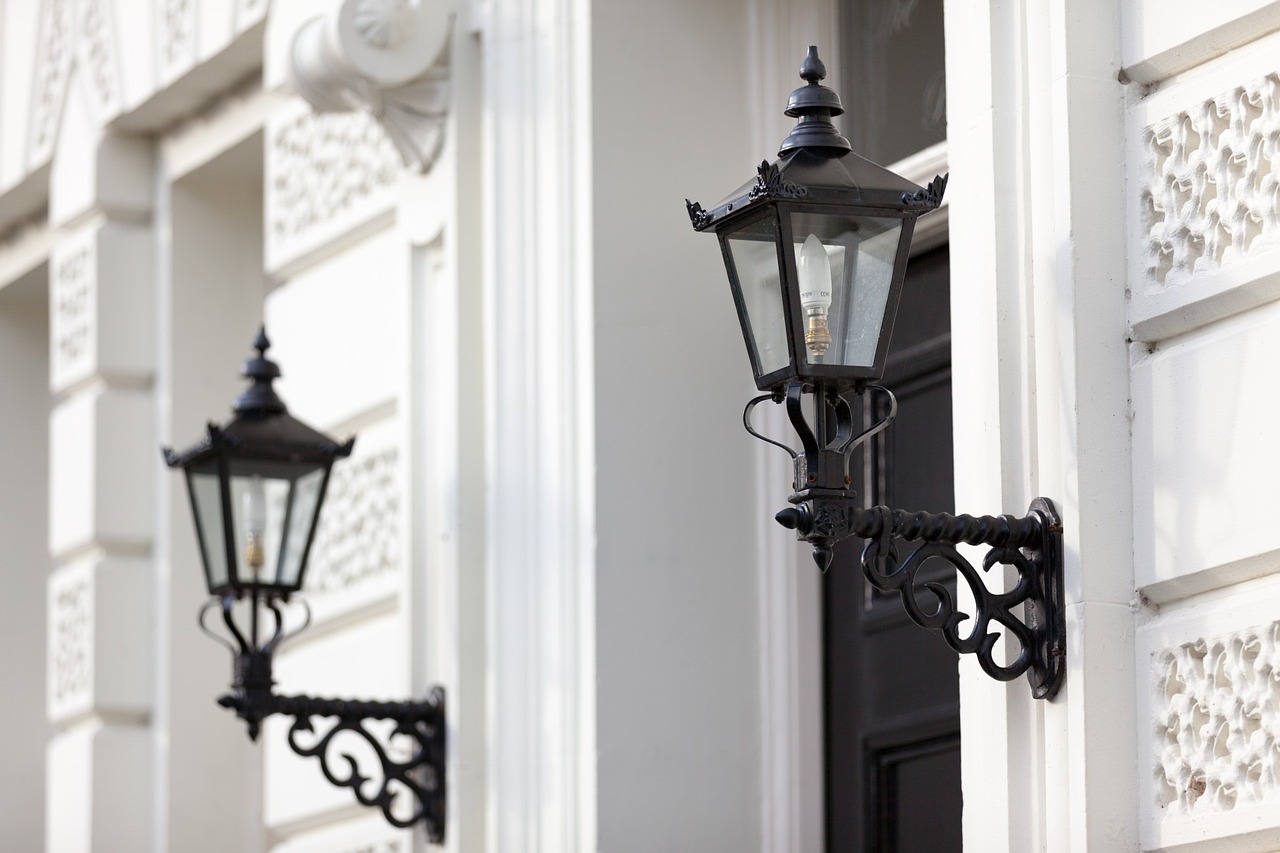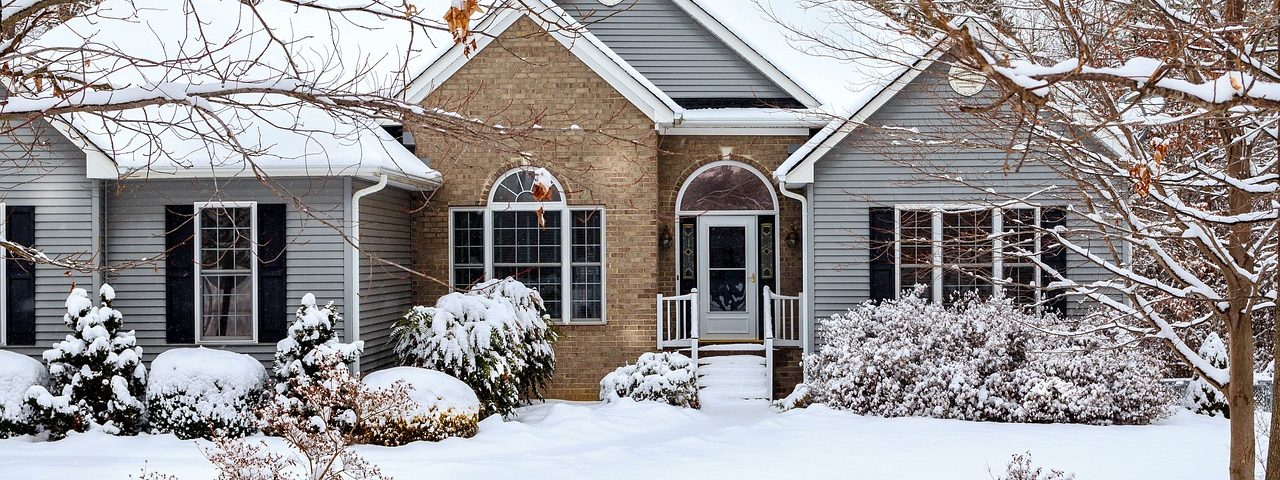Winter is more than just a season; it’s a force of nature. As the cold months approach, it becomes imperative to ensure that homes are warm, cozy, and protected from potential winter-related damages. A seasonal home checkup isn’t just about comfort—it’s about safeguarding one’s most significant investment. Let’s explore how to gear up and ensure a home remains a haven, even when the temperatures dip below freezing.
1. Evaluating the Home’s Insulation: The Warmth Within
Insulation is the unsung hero of a warm home. As it’s often concealed within walls and attics, its condition and efficiency might be overlooked.
- Attic Inspection: Warm air, being buoyant, rises. A poorly insulated attic can allow this warmth to escape, increasing heating bills. It’s recommended to inspect for any visible gaps or thinning insulation.
- Wall Insulation: Using an infrared thermometer or hiring a professional for a thermal imaging test can pinpoint areas in walls where insulation might be lacking or has settled.
2. Window and Door Drafts: Sealing Out the Chill
The gaps around windows and doors, albeit often small, can be significant culprits in letting in cold air.
- Weather Stripping: Over time, weather stripping can degrade. It’s essential to check its condition and replace it where necessary. There are several types available, from adhesive-backed foam tape to door sweeps.
- Caulking: External window frames and door frames should be caulked to prevent drafts and moisture penetration.
3. The Fireplace and Chimney: A Cozy Concern

While a fireplace offers warmth and ambiance, it can also be a source of drafts or potential hazards if not maintained.
- Chimney Sweep: Before winter’s onset, it’s wise to have chimneys cleaned by professionals. Over time, creosote, a flammable byproduct of burning wood, accumulates and poses a fire risk.
- Damper Inspection: Ensure that the fireplace damper closes tightly and is in good working order. An open damper can act like an open window, allowing warm air to escape.
4. Roof and Gutter Assessment: Above and Beyond
Snow and ice can wreak havoc on a home’s upper exterior. Regular checks can prevent larger, costly repairs in the future.
- Roof Inspection: Check for loose or missing shingles. These can be entry points for water when snow melts. If possible, hiring a professional for a detailed inspection is recommended.
- Gutters: Clean gutters ensure that melting snow can drain away from the home efficiently. Blocked gutters can lead to ice dams, which can cause water to seep into the house.
5. Plumbing: Defending Against the Freeze
Frozen pipes are more than an inconvenience; they can burst and result in significant water damage.
- Outdoor Faucets: These are the most exposed to freezing temperatures. Ensure they are drained and turned off. Covering them with insulating foam covers can provide extra protection.
- Indoor Plumbing: Pipes in unheated areas, such as basements or garages, should be insulated. Even a simple foam pipe insulator can make a significant difference.
6. Heating System Tune-Up: The Heartbeat of a Warm Home
Before the relentless use of winter, ensuring the heating system is in top shape is crucial.
- Professional Inspection: A yearly checkup by a heating professional can ensure the system is running efficiently and safely.
- Filter Changes: Furnace filters should be checked monthly and replaced when dirty. This not only ensures cleaner air but also helps the system run more efficiently.
7. Outdoor Preparations: Battling the Elements
The exterior of the home is the first line of defense against winter’s fury.
- Landscaping: Trim any branches that hang too close to the home or electrical wires. Snow can weigh them down, leading to potential damages or outages.
- Outdoor Equipment: Garden hoses should be drained and stored indoors. Lawnmowers can be winterized, and snow removal equipment should be readied.
8. Flooring and Carpeting: The Ground-Level Defense

One may not often associate floors with winter preparations, but they play a crucial role in maintaining warmth and ensuring safety during the cold months.
- Rugs and Carpets: Hardwood and tile floors can become particularly cold in the winter. Laying down area rugs can provide an additional layer of insulation between the feet and the cold floor. Moreover, carpets can reduce the amount of heat lost through the floor, making spaces feel warmer.
- Entryway Mats: Wet and slushy shoes can bring winter’s mess indoors. By placing absorbent mats at every entrance, you can prevent slips and protect the floor from salt and moisture damage.
9. Emergency Preparedness: Expecting the Unexpected
Winter can sometimes surprise homeowners with extreme conditions, from blizzards to ice storms. It’s wise to be prepared for such eventualities.
- Emergency Kits: Stock up on essentials such as bottled water, non-perishable food items, flashlights, batteries, blankets, and first-aid supplies. This kit can be a lifesaver during prolonged power outages.
- Backup Heating Solutions: It might be prudent to think about secondary heating options like wood-fired stoves or portable heaters. However, when operating these devices, it’s essential to handle them with care and adhere to recommended safety protocols.
10. Detectors and Alarms: Silent Protectors
The increased use of heating systems during winter can elevate the risk of fires and carbon monoxide poisoning. It’s essential to ensure that protective measures are in place and functional.
- Smoke Detectors: Test smoke detectors monthly. Change the batteries at least once a year or opt for models with 10-year batteries.
- Carbon Monoxide Detectors: These are vital, especially in homes with fuel-burning appliances. Ensure they are installed in sleeping areas and on every level of the home.
11. Exterior Lighting: Lighting the Way

With the days being shorter, proper exterior lighting is vital for safety and convenience.
- Pathway Lights: Illuminate pathways, stairs, and driveways to prevent slips and falls. Consider using LED lights for their longevity and efficiency.
- Motion Sensors: Installing motion sensor lights around entrances and in dark corners of the property can deter unwanted visitors and ensure that you always step into a well-lit space.
12. Sealing and Ventilation: Breathing Easy
While sealing the home is vital for warmth, ensuring proper ventilation is crucial for indoor air quality, especially when the house is closed tight against the cold.
- Ventilation Check: Ensure that kitchen and bathroom exhaust fans are working correctly to reduce excess moisture, which can lead to mold or mildew.
- Fresh Air Intakes: If your home has a fresh air intake system, ensure it’s free from obstructions and functioning correctly.
13. Preparing for Snow Removal: The Winter Workout
Snow removal is a ritual for many during winter, but it’s one that requires preparation and care.
- Snow Blower Maintenance: Before the first snowfall, check your snow blower. Ensure it’s in good working order, the oil is changed, and the blades are sharp.
- Stock Up on Essentials: Have a good supply of rock salt or ice melt on hand. Additionally, ensure that snow shovels are in good condition and easily accessible.
14. Wardrobe and Entryway Organization: Ready at the Door
Having a dedicated space for winter gear makes the daily routine smoother and helps to keep the cold at bay.
- Boot Trays and Racks: Keep floors dry and clean by using boot trays. Consider adding a rack for wet coats and scarves.
- Storage Bins: Use labeled bins for gloves, hats, and other winter accessories. This ensures that everything has its place and can be easily found.
To wrap up, preparing a home for winter might seem like a daunting task given the many aspects to consider. However, tackling each area step by step can make the process manageable and even enjoyable. After all, there’s a distinct comfort in knowing that as the snow falls and the world outside becomes a winter wonderland, the home stands resilient, warm, and welcoming. So, as winter beckons, let your home be your sanctuary, ready to face the frost with grace.

